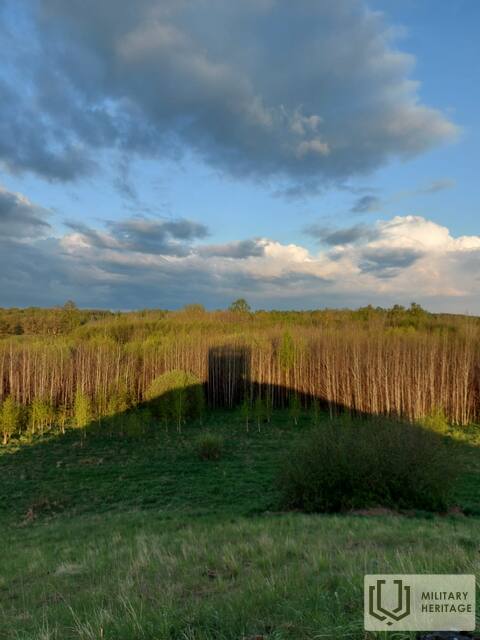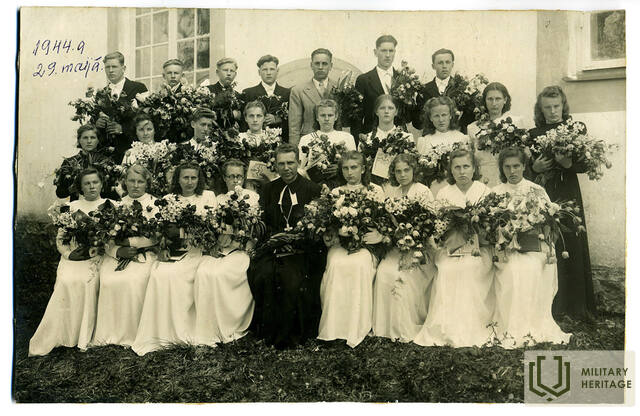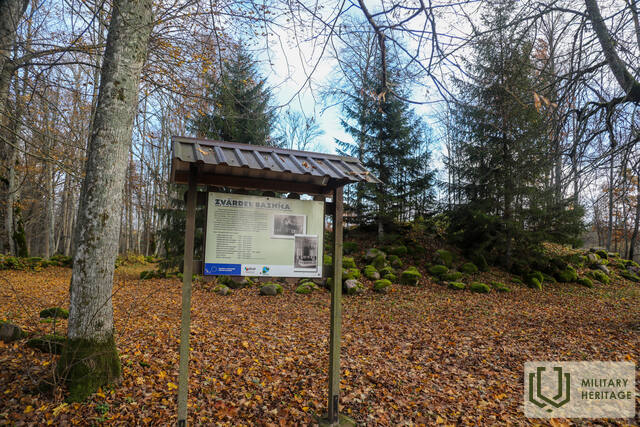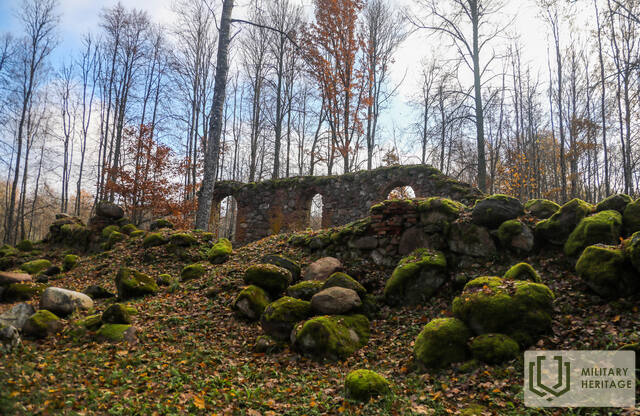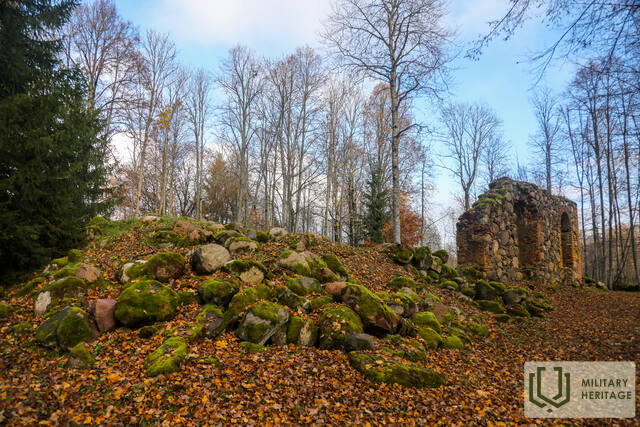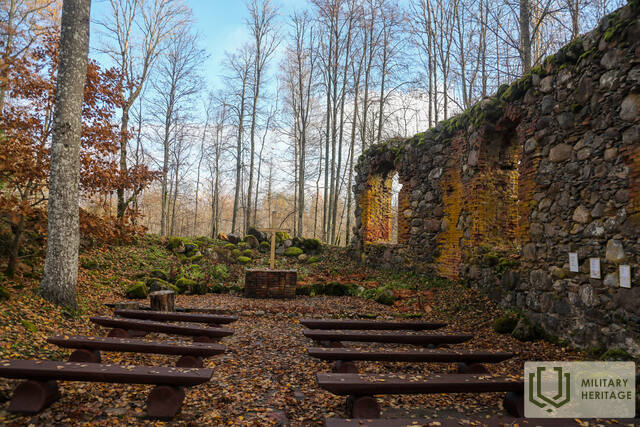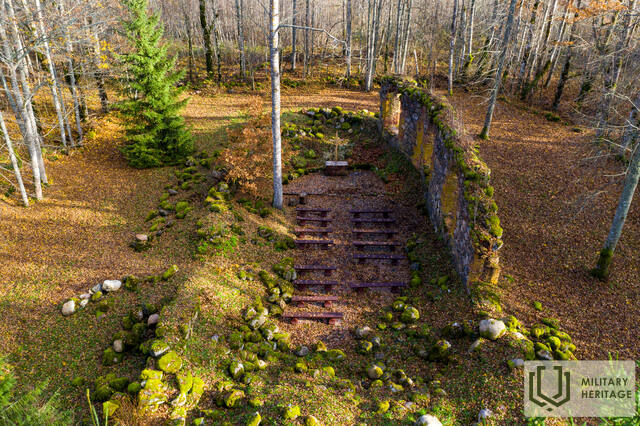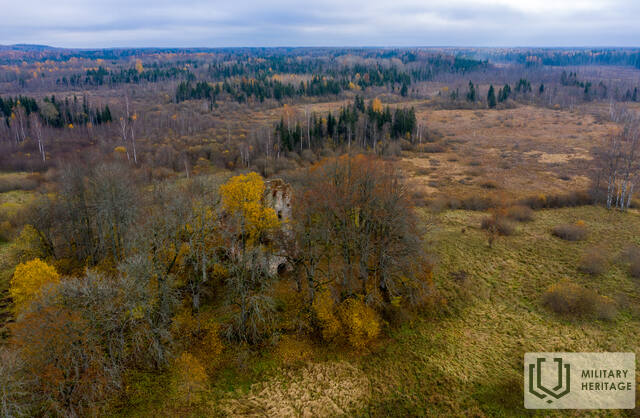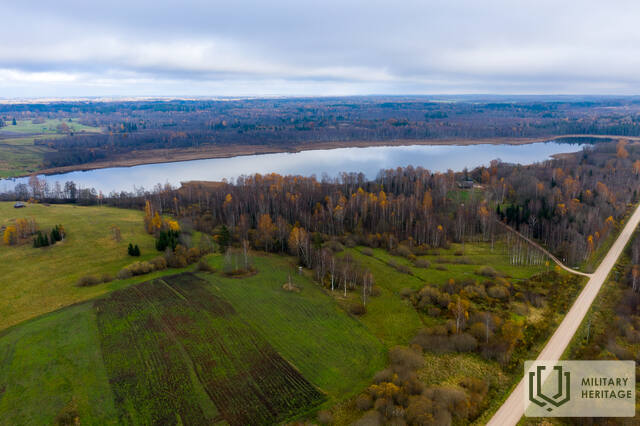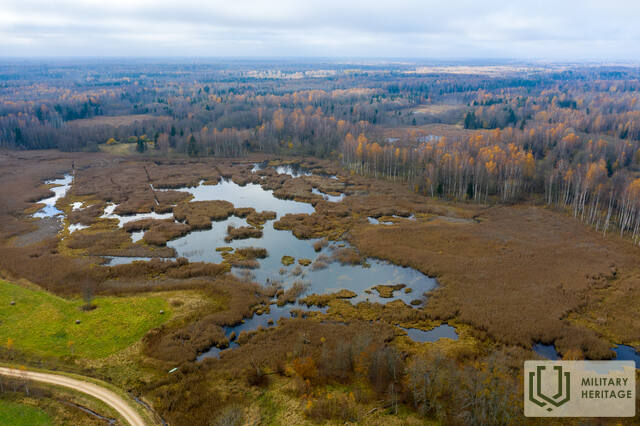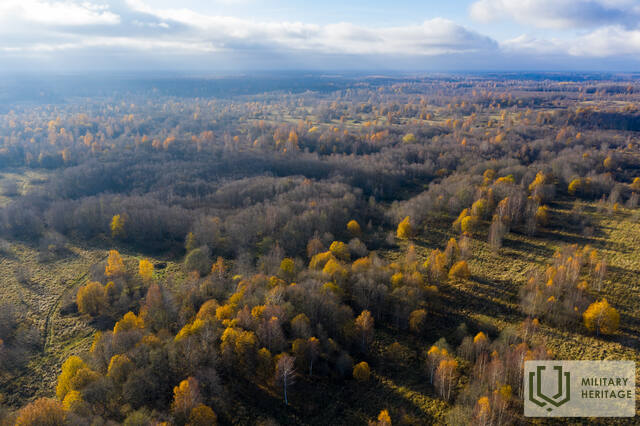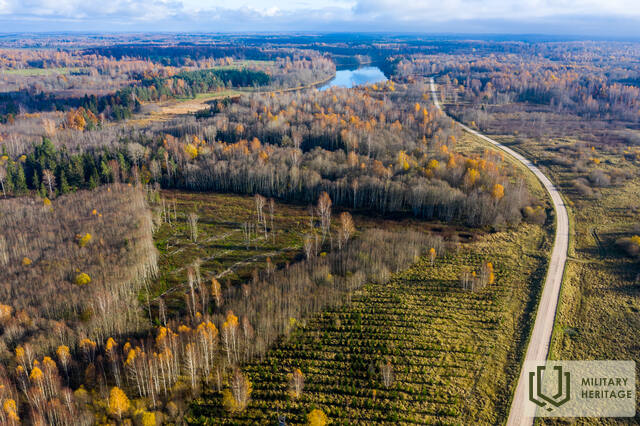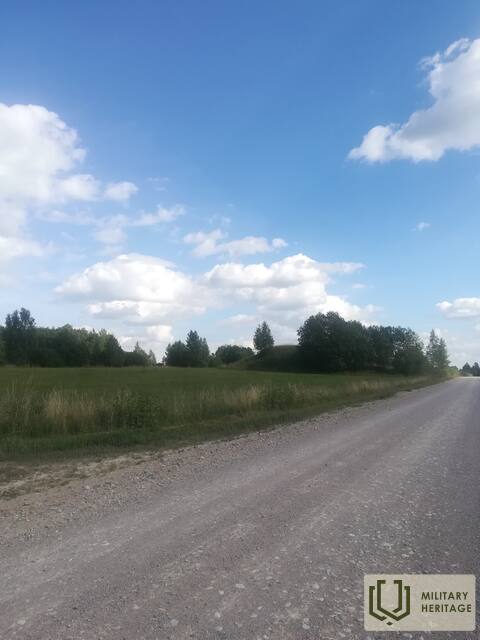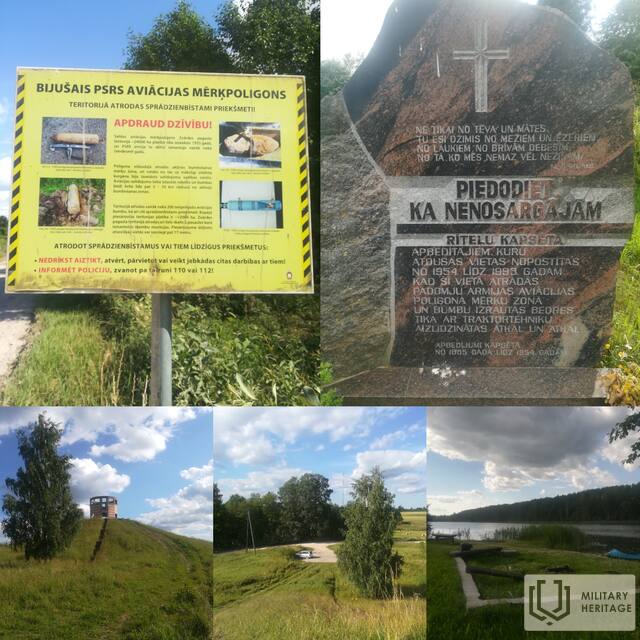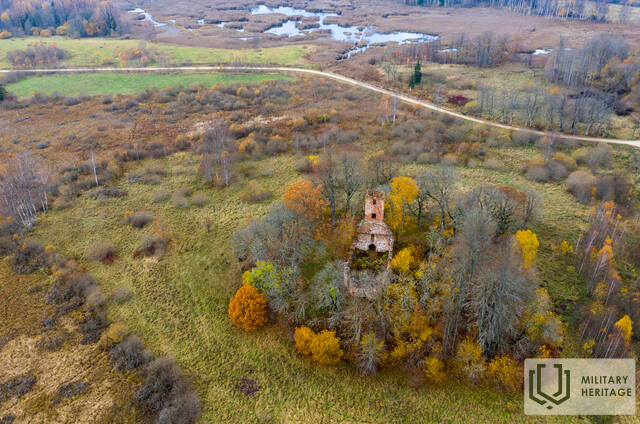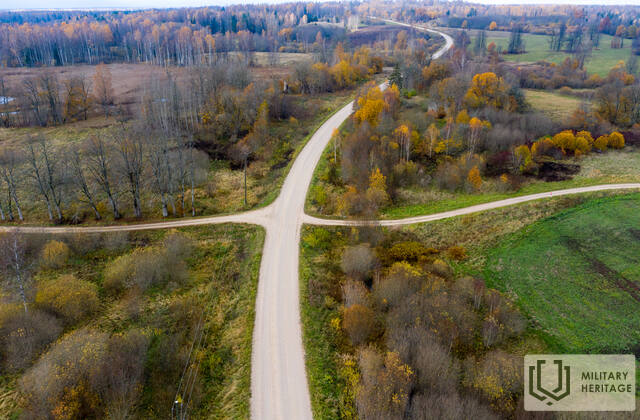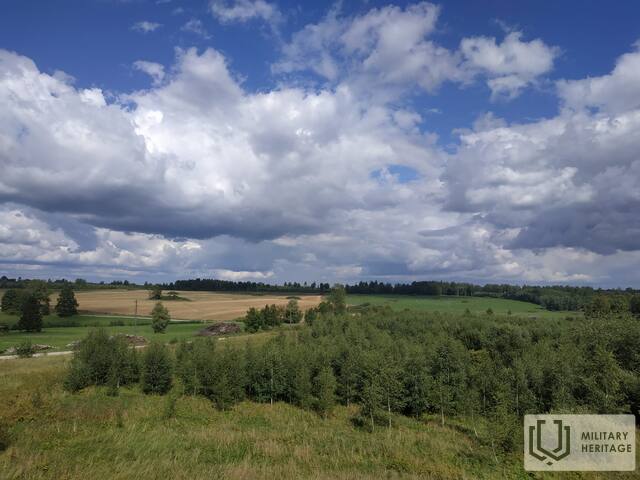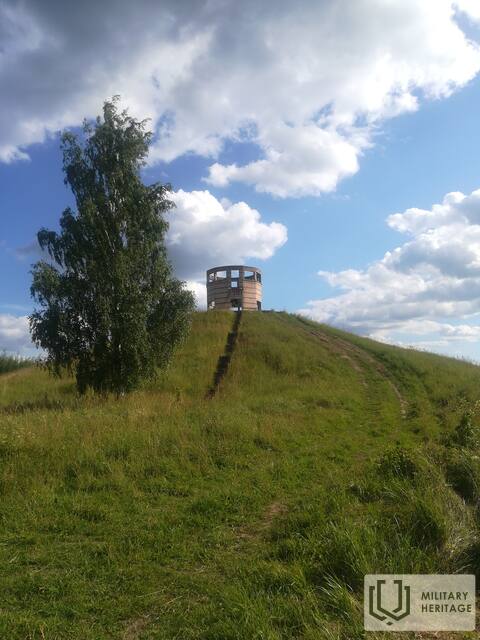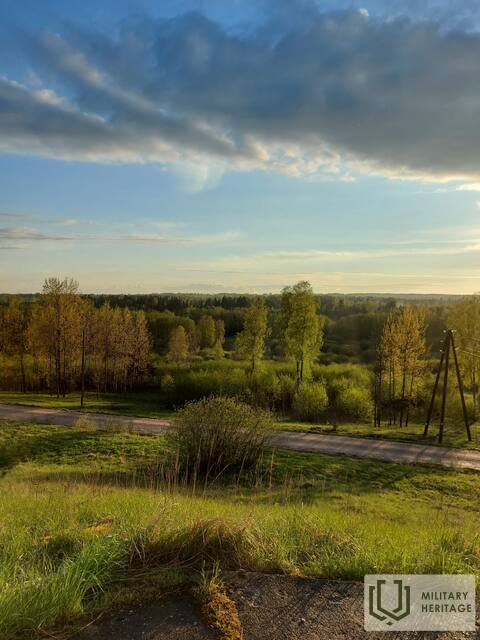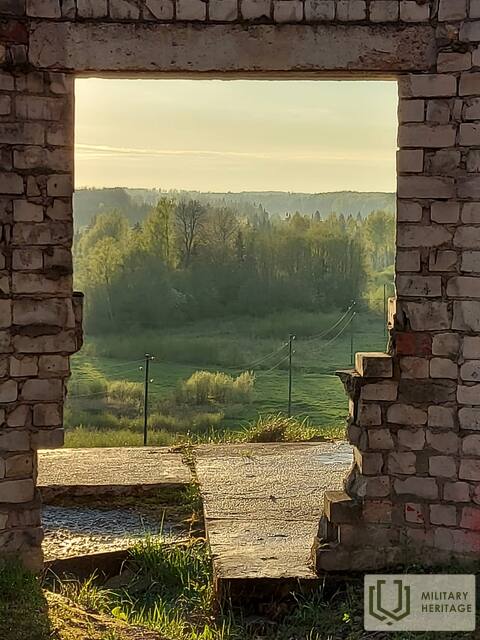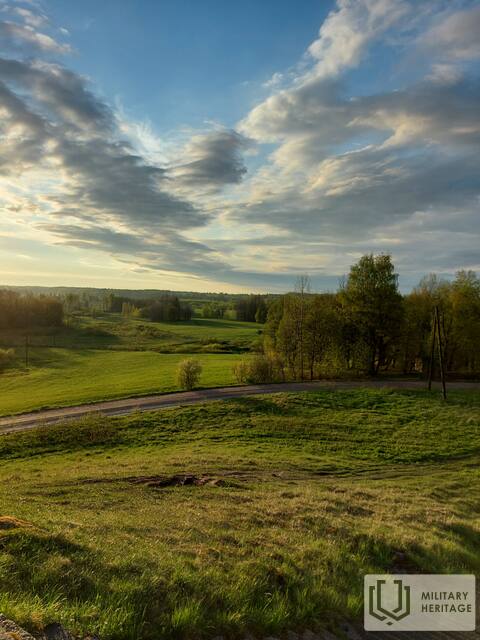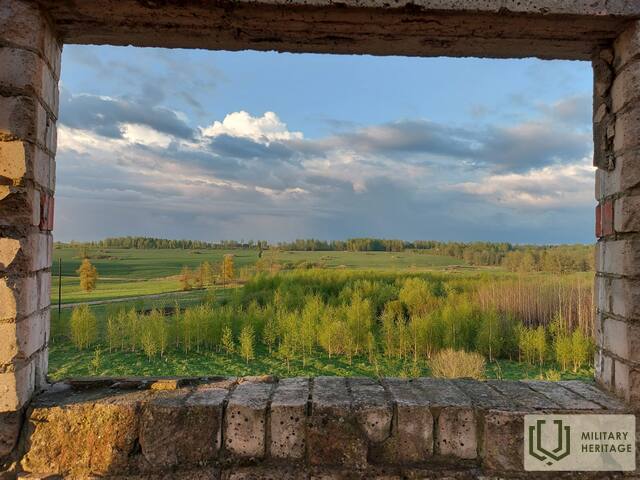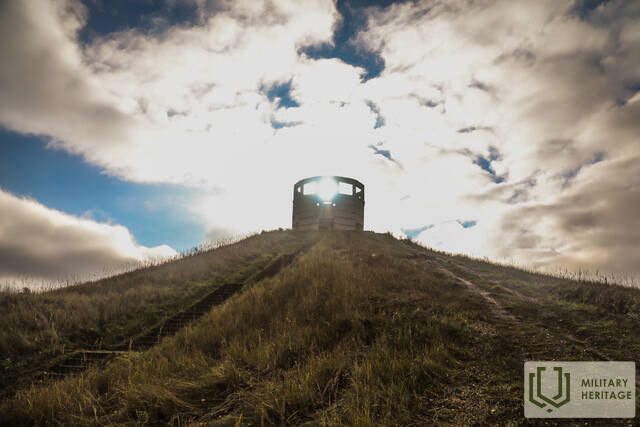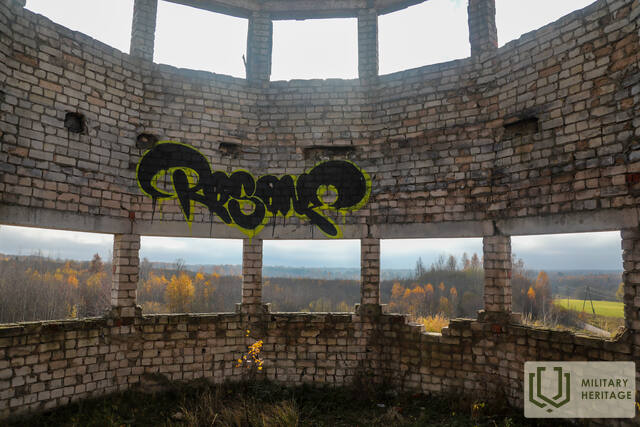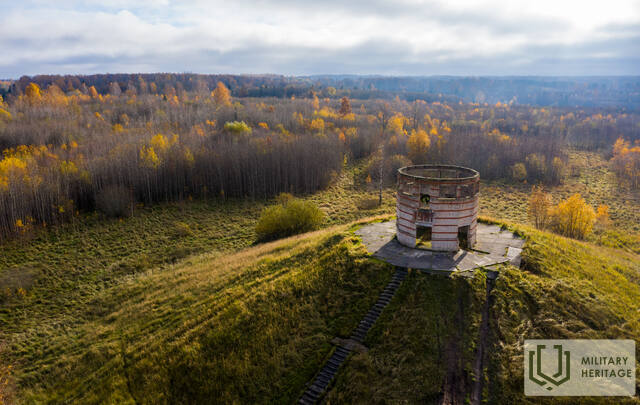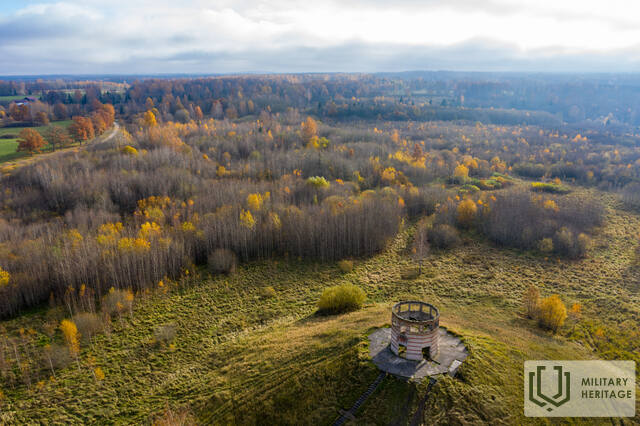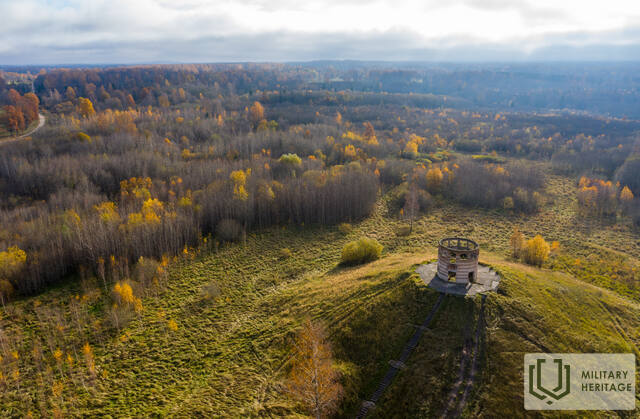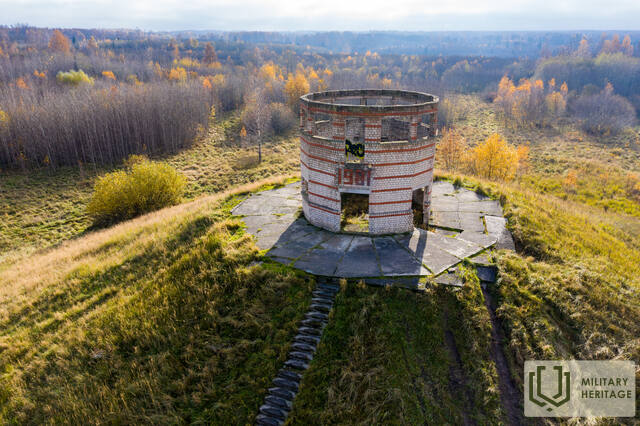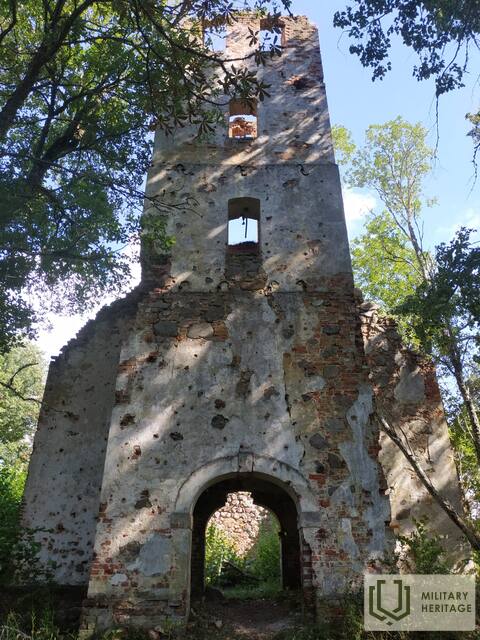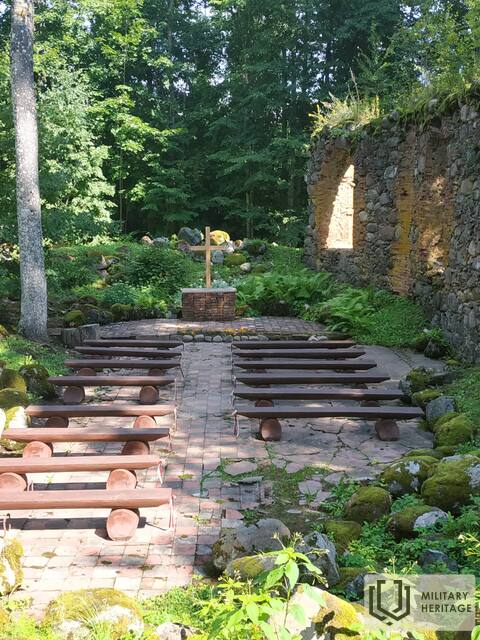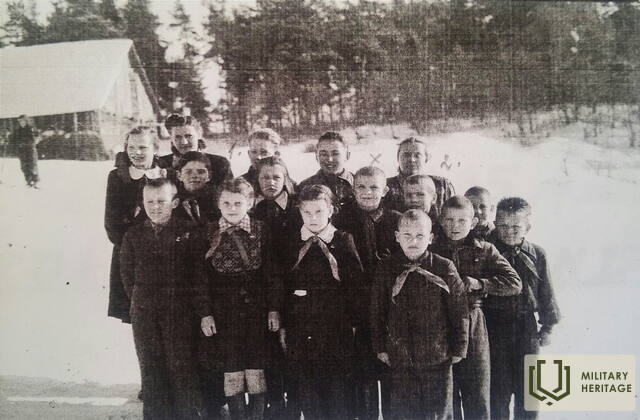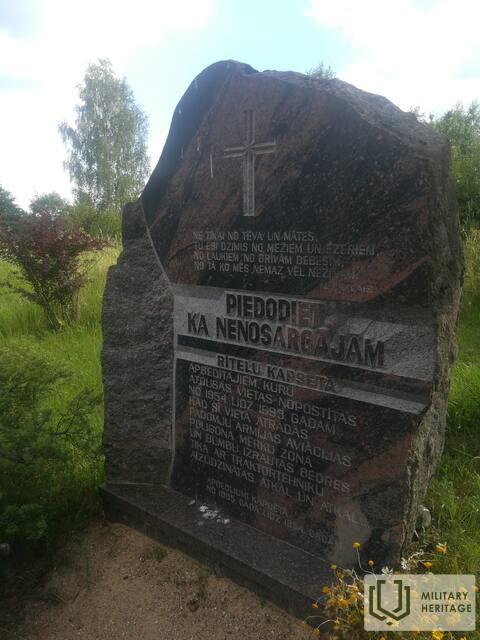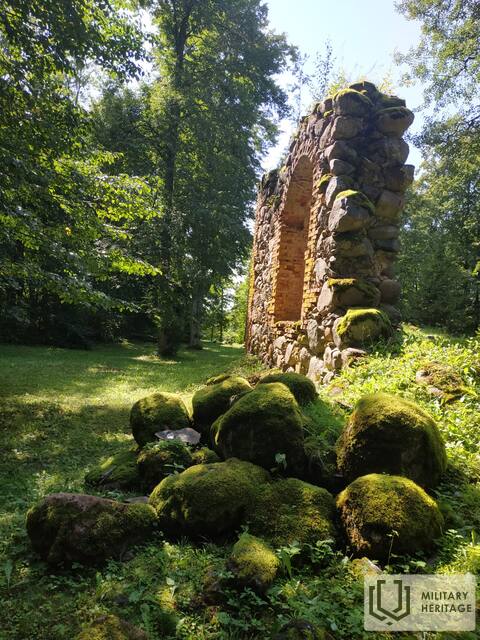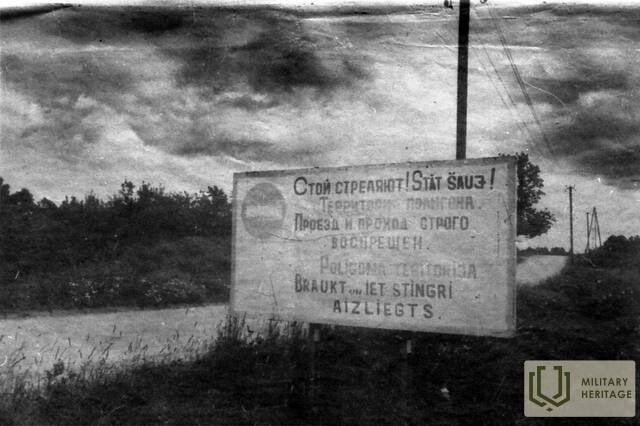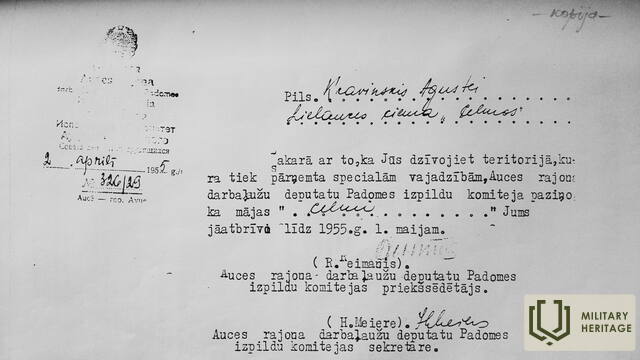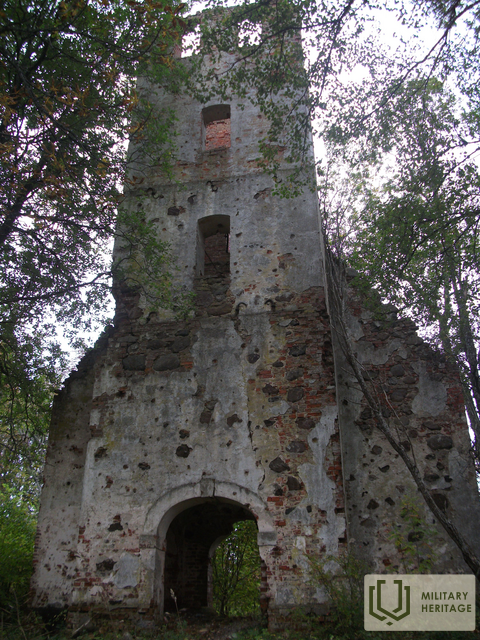Luft-Boden-Schießplatz der Sowjetarmee in Zvārde
Infrastruktur


 117
117



Die Deponie Zvārde befindet sich in der Gemeinde Zvārde, Region Saldus. Es handelt sich um ein ehemaliges militärisches Flugübungsgelände der UdSSR, das mehr als 24 000 Hektar umfasst.
Auf dem Gelände des ehemaligen Flugplatzes befinden sich mehrere Stätten: der Offizierskurgan, die Ruinen der Kirchen von Zvārde und Ķērkliņi, der Friedhof von Rīteļi, der ehemalige Armeestützpunkt "Lapsas" und andere. Bis zum Zweiten Weltkrieg befand sich an der Stelle des Aussichtsturms das Haus "Vairogi". Beim Bau des Polygons wurden die Überreste des Bauernhofs - Mauern, Reste des Apfelgartens und ein Teil der Ruinen des Herrenhauses von Veczvārde - zu einem Hügel aufgeschüttet, auf dem der Aussichtsturm errichtet wurde. Er diente als Beobachtungspunkt für die Koordinierung der Übungsmanöver der Armee. Dieser Ort ist im Volksmund als Kurgan bekannt. Von der Anhöhe aus überblickt man den ehemaligen Truppenübungsplatz und die bewaldeten Gebiete des Naturparks und Naturschutzgebiets Zvārde. Ein guter Ort für die Vogelbeobachtung. Die Umgebung von Kurgāns ist nicht landschaftlich gestaltet.
Verwendete Quellen und Referenzen:
https://sketchfab.com/3d-models/zvardes-merkpoligons-4c93587aba324c22b1fd7b027e184a50?fbclid=IwAR2VWGj2KXJTNZJBYDa1I57b6GKy5AbPykpLQhtQQGJhMiLvcrXV3I95--4
Zugehörige Zeitleiste
Zugehörige Geschichten
Bericht des Obergefreiten Felker über die Aufklärungsschlacht am 8. und 9. November 1944 im Selješa-Heim in Zvārde
Völcker war ein 20-jähriger junger Mann, der im Nachrichtendienst der nationalsozialistischen deutschen Armee diente. Er erzählt von den Ereignissen des 8. und 9. November, die das Frontgeschehen in Zvārde anschaulich widerspiegeln, wo sich die Frontlinie vier Monate lang hin und her bewegte, auch in der Nähe der Ķērkliņi-Kirche.
Sowjetische Flugzeuge bombardieren den Friedhof von Riteli
Der Friedhof von Riteli befand sich mitten im Zielgebiet. Die Einheimischen konnten nur zusehen, wie sie zerstört wurden.
Zvardinekas Kindheit im Schatten von Bombenexplosionen - Polygon Summers
Ich verbrachte meine Kindheit in der Nähe des Schießplatzes Zvārde, unter dem Lärm von Explosionen und Düsenjets, konnte aber an manchen Wochenenden trotzdem das Gelände betreten. Nach dem Abzug der Sowjetarmee war das Land übersät mit Bombenkratern und vielen Sprengkörpern, nicht nur aus der Zeit des Schießplatzes, sondern auch aus dem Zweiten Weltkrieg.
Die Kindheit eines Verleumders im Schatten von Bombenexplosionen – Phosphorkapseln
Ich verbrachte meine Kindheit in der Nähe des Schießplatzes Zvārde, umgeben vom Lärm der Explosionen und der Düsenjets. Manchmal durfte man an den Wochenenden trotzdem aufs Gelände. Nach dem Abzug der Sowjetarmee war das Land übersät mit Bombenkratern und vielen Sprengkörpern, nicht nur aus der Zeit des Schießplatzes, sondern auch aus dem Zweiten Weltkrieg. Besonders gern verbrannten die Jungen Phosphorkapseln …
Zvardineikas Kindheit im Schatten von Bombenexplosionen – dem abgeschossenen Flugzeug
Die Mülldeponie wurde bis 1992 weiter genutzt, und sogar im März 1992 stürzte ein Flugzeug, das von Lielvārde aus gestartet war, aus unbekannten Gründen auf dem Deponiegelände ab.
Mig-27D-Flugzeuge stürzten auf dem Übungsgelände Zvārde und in Lēdurga ab
Anfang 1992 stürzten zwei sowjetische Kampfflugzeuge innerhalb von 40 Minuten unter mysteriösen Umständen auf dem Truppenübungsplatz Zvārde und in Lēdurgās ab.
Russische Militärflugzeuge stürzen auf den Truppenübungsplätzen Ledurga und Zwarde ab.
Anfang 1992 stürzten zwei sowjetische MiG-27 D-Flugzeuge an einem Tag unter mysteriösen Umständen im Abstand von 40 Minuten auf den Truppenübungsplätzen Lēdurga und Zvārde ab.




